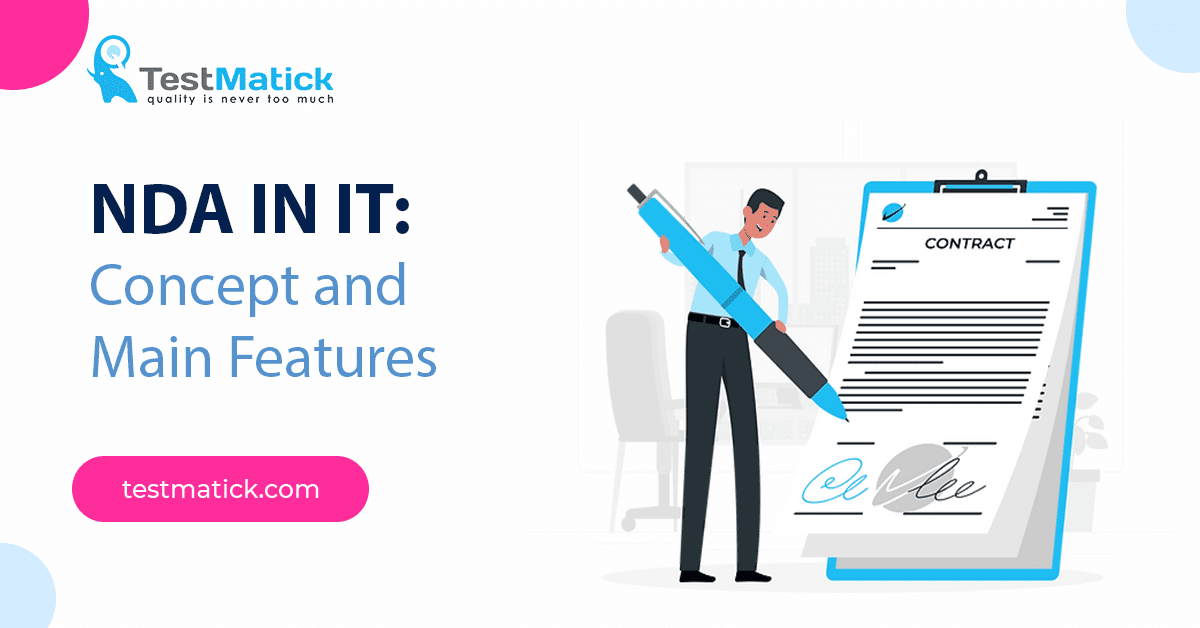Let’s assume that several product companies cooperate regularly. Employees of these companies are constantly communicating with each other – on corporate calls, during personal meetings, via e-mail, and so on.
In such a frantic flow of communication, a person may not realize that he or she may give away something important in a conversation. But what if he knew the secret and told it to an employee of the opposing side?
Companies in the same line of business want to feel completely safe when they cooperate. That’s why an NDA (non-disclosure agreement) is an extremely effective tool not only to keep important information safe but also to help the parties be in a trusting relationship.
What kind of information is protected by the NDA?
What is considered confidential information and what is not is very clear at first glance. That is, any data can be included in such an agreement, the public disclosure of which is undesirable.
Usually, such contracts contain:
- Personal data -names of employees, phone numbers, residence address;
- The content of personal correspondence and telephone conversations during working hours;
- Passwords, postal details, information accesses;
- Other information.
Types of NDA
A non-disclosure agreement can be mutual and one-way. Mutual agreement is when the parties trust each other with valuable information and want to protect it. A one-way agreement is when only one side shares its information (there’re disclosing and receiving parties, and the latter undertakes not to disclose confidential data to anyone).
Usually, companies make an agreement on a mutual basis. But in the IT sphere, people mostly sign one-way agreements.
Content of NDA in IT
- The header of the agreement usually contains the title and number of the document – then in the introductory part, the parties agree on the terms used next.
- Block of confidential information – this detail everything that the parties consider the subject of the agreement – the data that the disclosing party considers confidential and wants to protect.
- Non-disclosure period – the classic non-disclosure period is 3 years. After that time, the disclosing party can change the data (passwords and other accesses) because the agreement no longer “protects” it.
- What happens if the information becomes disclosed – the party who was dishonest in keeping the information is fined.
Conclusion
In today’s IT communities, the document is an integral part of communication. With their help, it is possible (and necessary) to solve arising conflict situations, agree on something, as well as to build a corporate business policy.
The NDA contact is necessary so that all parties feel completely legally secure and can communicate freely about the business for the sake of a common cause.










Leave A Comment